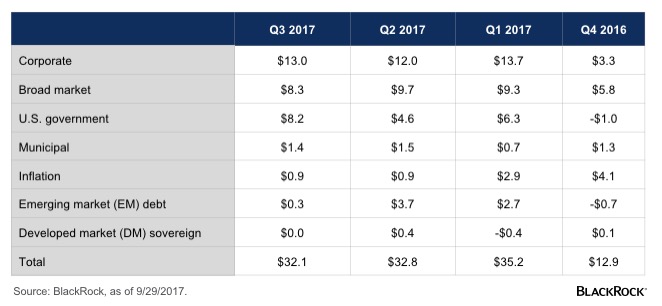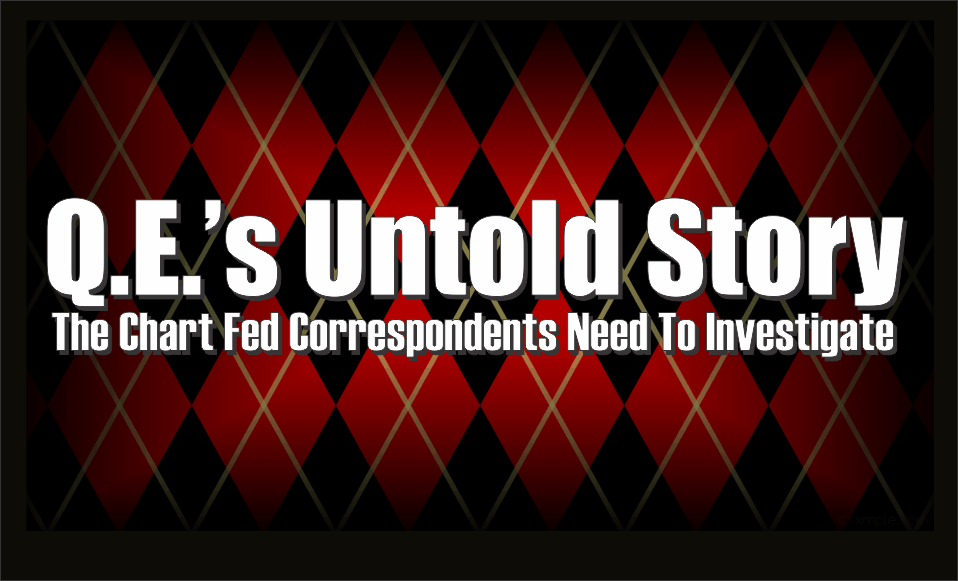by Martin Small, Head of US iShares, Blackrock
ETFs attracted more assets in the first nine months of this year than in all of 2016, and then some. Are they getting too big, too fast?
When I was a kid, my father took me to see Konishiki, one of the world’s top Sumo wrestlers. Konishiki, who weighed upward of 600 pounds at his peak, became known as the Dump Truck and Meat Bomb for his ability to run directly at competitors and knock them out of the ring.
His success was not without controversy. Some said he was too big, not graceful enough to earn top rank. But, there is no question that Konishiki was good for Sumo; he helped open the ancient sport to the outside world by making it more accessible, more global.
This question of size is one that I hear persistently about another large force that’s having a monumental impact: exchange traded funds (ETFs).
ETFs have had an extraordinary 2017 so far. By end of August, global flows into ETFs had reached $419 billion. That surpassed all of 2016’s full-year record of $378 billion, while September saw an additional $39 billion. (All flow data are from BlackRock.) We believe this pace can continue. Since 2009, ETFs have seen their largest inflows in the fourth quarter of every year except 2012.
What are some of the drivers of the increasing adoption of ETFs? Simply put, we believe index investing is a good thing, with potential benefits for investors, who can build diversified portfolios at a low cost; for financial markets, by adding a second layer of potential liquidity to underlying stocks and bonds; and companies seeking long-term capital in order to grow. It’s important to note that ETFs aren’t risk-free; as an investment “wrapper,” they’re subject to the risks of their underlying securities, including possible loss of principal.
Where the money went in Q3: bonds and more bonds
While every asset class saw net inflows in the third quarter, bonds unequivocally stole the show. From July through September, bond ETFs added $32 billion. This figure is not just astonishing on its own—it also represents an unprecedented third quarter in a row that fixed income ETFs attracted $30 billion-plus.
For bond investors, corporates top the list
(global ETF flows, billions)
What’s especially notable here is the diversity of flows. While broad bond market ETFs saw their share ($8.3 billion for the quarter), it’s clear that investors are taking advantage of many bond options available in ETFs.
Corporate bonds captured $13 billion, the largest share of any segment. As lower yields become a persistent feature of the markets, we’re seeing more investors make dedicated allocations to sectors with greater return potential, like investment-grade and high yield bonds.
Investors didn’t abandon Treasuries, though. With fears of a richly-priced stock market, they looked to U.S. government bonds ($8.2 billion) to offset potential equity risks. The biggest focus here was on short-term securities, which tend to be less vulnerable to Federal Reserve’s rate hikes than longer-term bonds are. They’re also a way to step out of cash and back into the markets with minimal added risk.
In stocks, a turnaround for EM
The equity rally gallops on as well. Globally, stock ETFs took in $27.8 billion in the past quarter, and a remarkable $121.2 billion during the first three quarter of the year. The impetus for investors is a bright corporate picture. For the first time since 2005 (excluding the post-crisis bounce), every major region is posting earnings growth above 10%. (Source: BlackRock Investment Institute, based on Thomson Reuters data, as of 9/29/2017).
Emerging market (EM) stocks saw the biggest surge, and roared back after a difficult 2016: $8.7 billion went into EM in the third quarter and a record $30.2 billion for the year through September. EM earnings growth is 20% year-on-year, and with positive earnings momentum and lower valuations than U.S. and European developed markets, some analysts are bullish.
A final word on Konishiki: The greatest Sumo wrestlers were known for both their grace and their heft—large in size but also able to pivot quickly. The same is true for ETFs, conduits for virtually all parts of global markets.
Martin Small is the Head of U.S. iShares and a regular contributor to The Blog.
Copyright © Blackrock
















